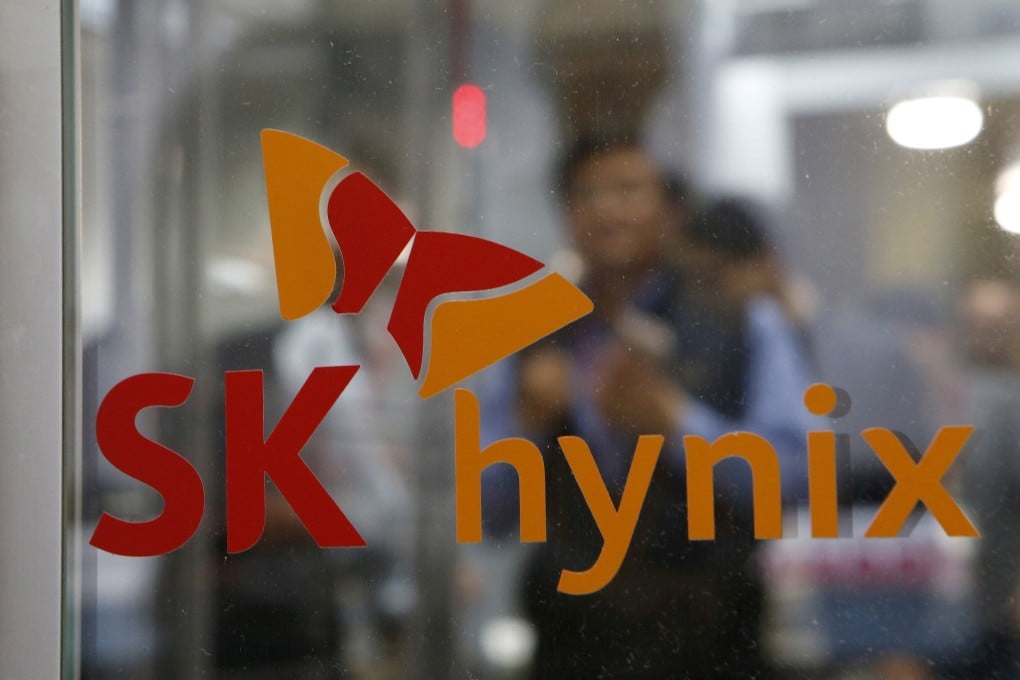South Korean chip heavyweight Hynix’s revenue beats estimates as artificial intelligence lifts memory demand
- The South Korean supplier to Apple and Nvidia now expects sales for its high-end DRAM chips to more than double this year to power storage-hungry AI applications
- Sales came to 7.31 trillion won (US$5.7 billion) in the June quarter, roughly half its revenue a year ago but soundly beating an average projection for 6.05 trillion won

SK Hynix’s quarterly sales beat estimates, and the company declared surging interest in artificial intelligence (AI) was driving the beginnings of a recovery in the memory chip market.
The South Korean supplier to Apple and Nvidia now expects sales for its high-end DRAM chips to more than double this year to power storage-hungry AI applications. SK Hynix said it is gearing up to push out more of those chips, even as the company vowed to continue to slash overall output.
The chip maker’s sales came to 7.31 trillion won (US$5.7 billion) in the June quarter, roughly half its revenue a year ago but soundly beating an average projection for 6.05 trillion won. Its operating loss came to 2.88 trillion won, in line with expectations.
“The worst has passed,” said Baik Gil-hyun, an analyst at Yuanta Securities Korea.
Samsung Electronics, SK Hynix and Micron Technology have struggled for the better part of two years with a post-Covid-19 collapse in demand for the memory chips essential to smartphones, servers and computers. This month, larger rival Samsung recorded its worst decline in quarterly sales in more than a decade, while sector bellwether Taiwan Semiconductor Manufacturing Co cut its outlook and postponed production at its Arizona project to 2025, underscoring the depth of a global electronics market slump that set in after consumers and corporations trimmed spending to deal with a downturn.